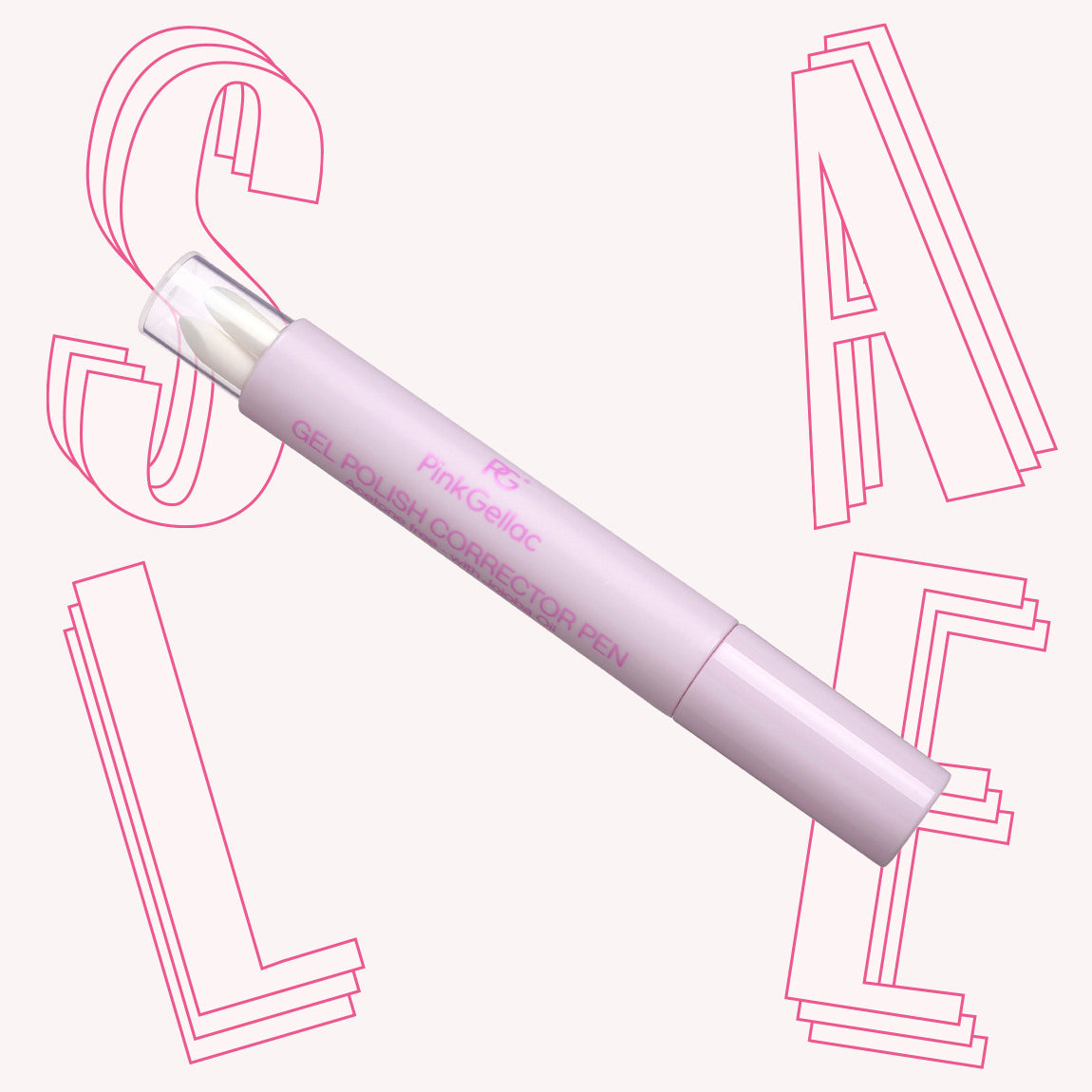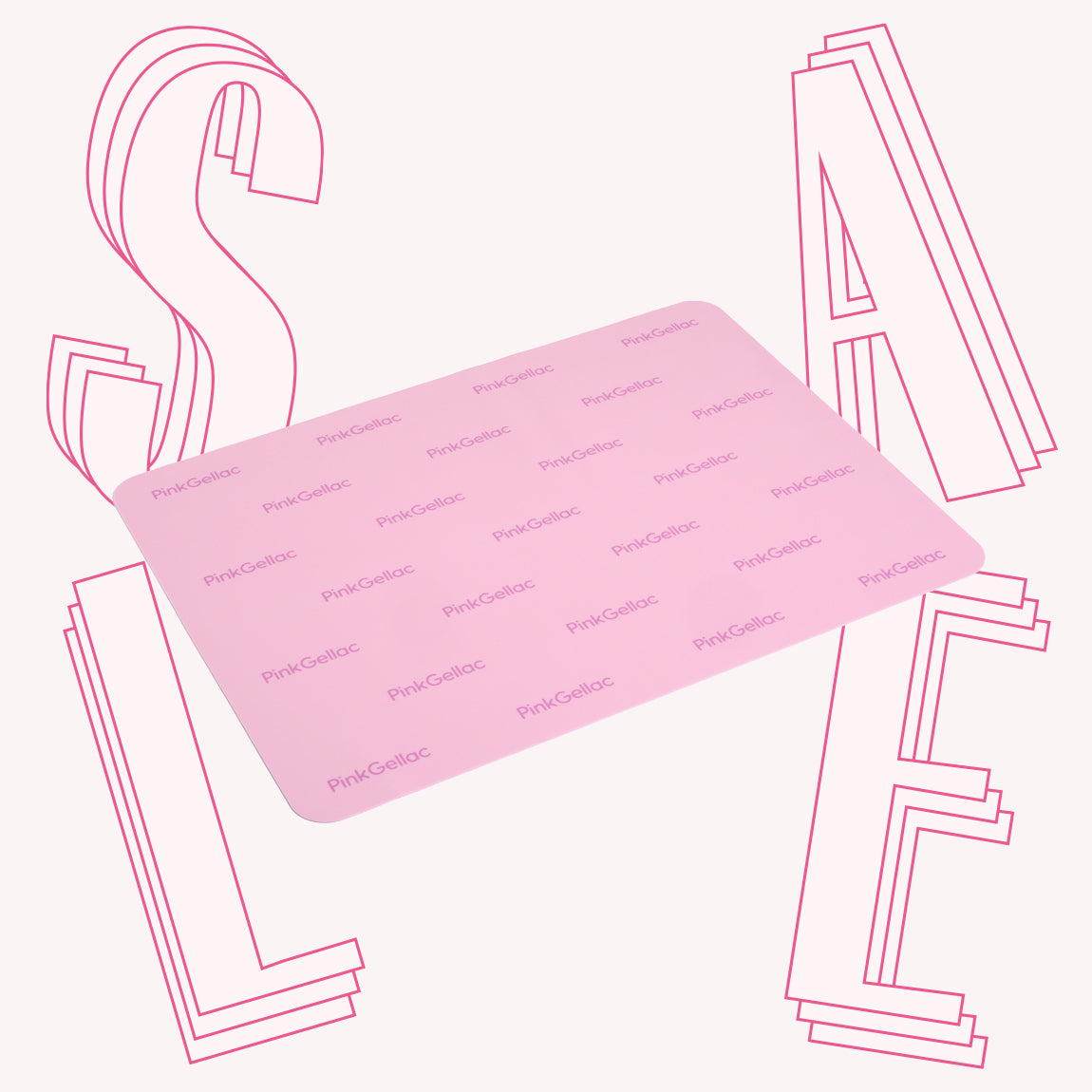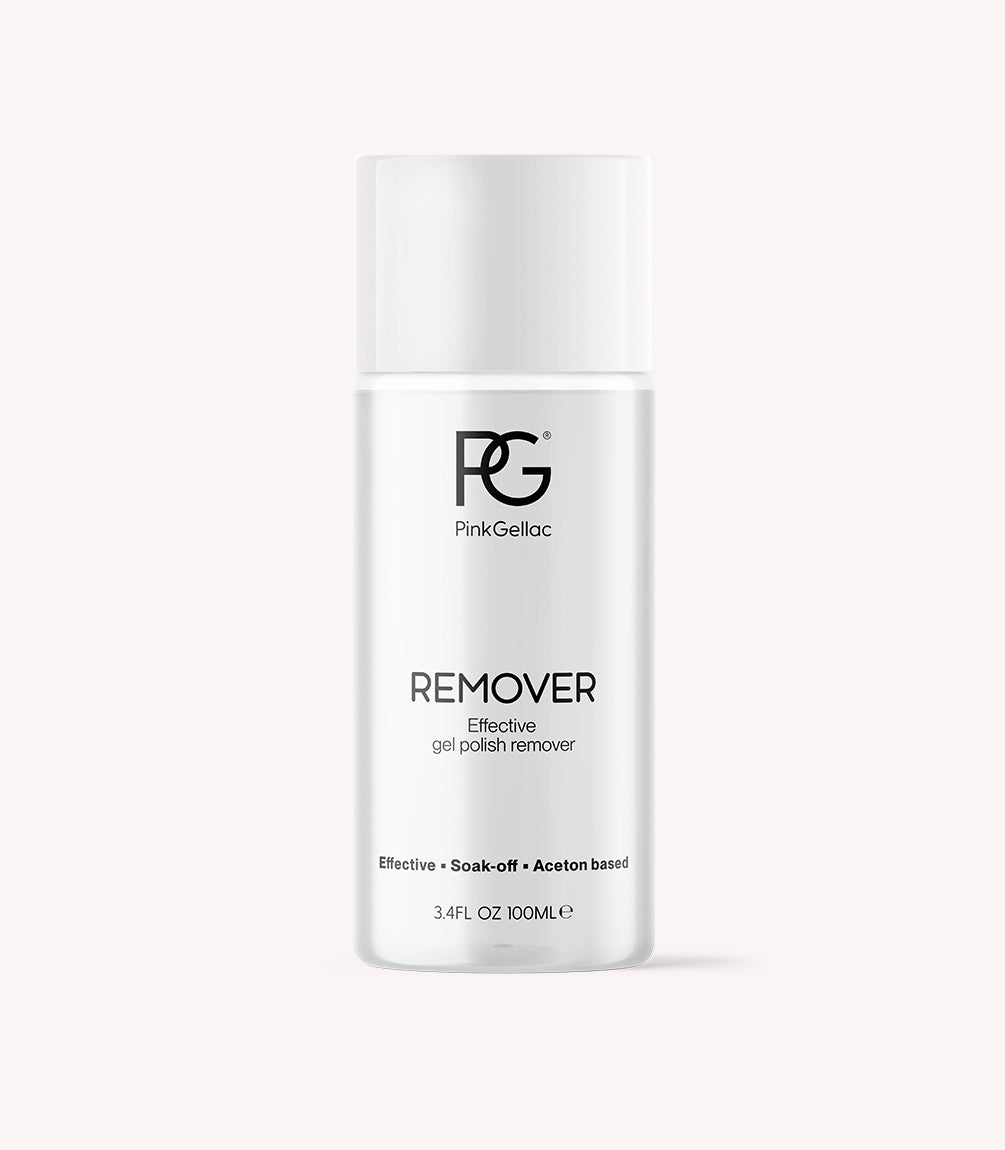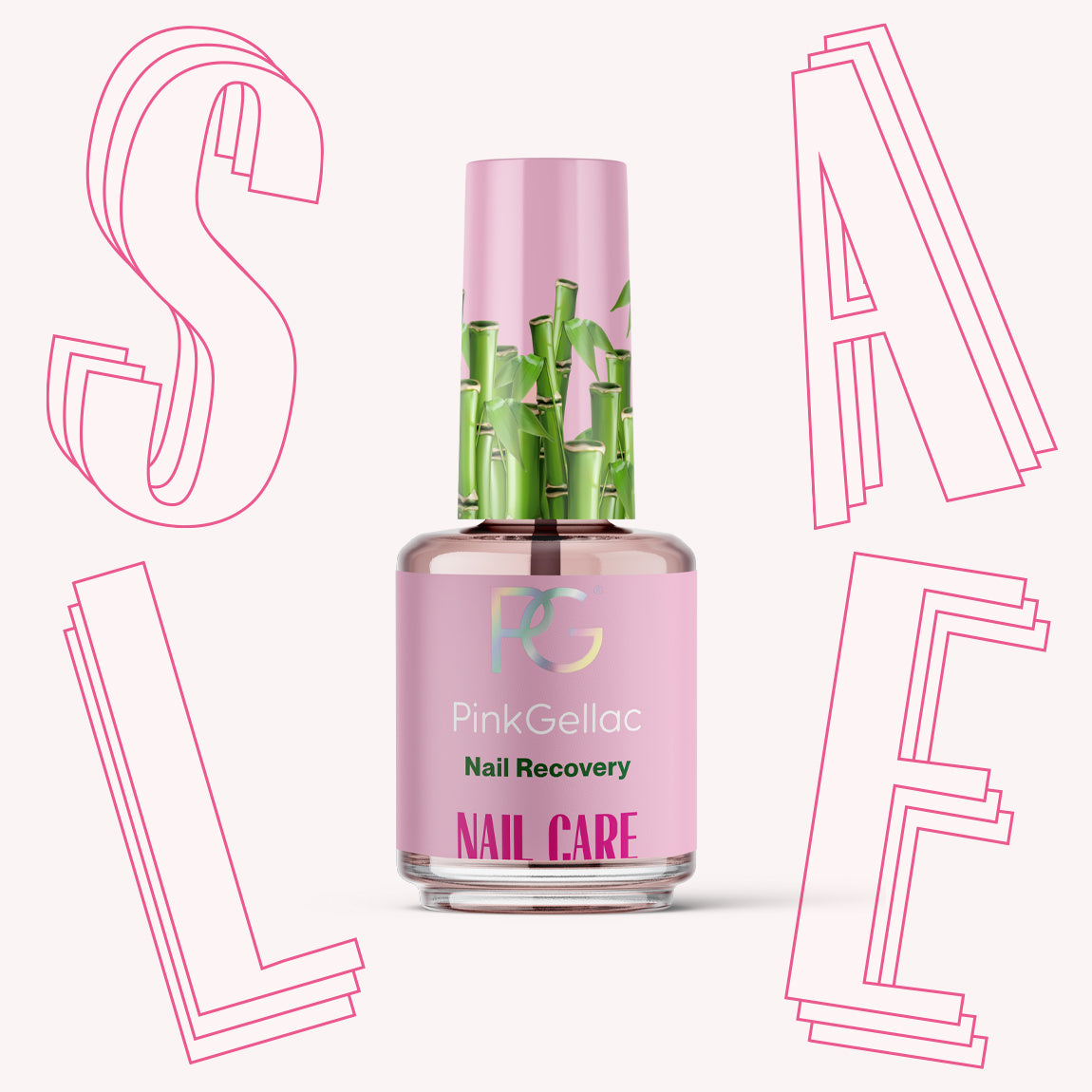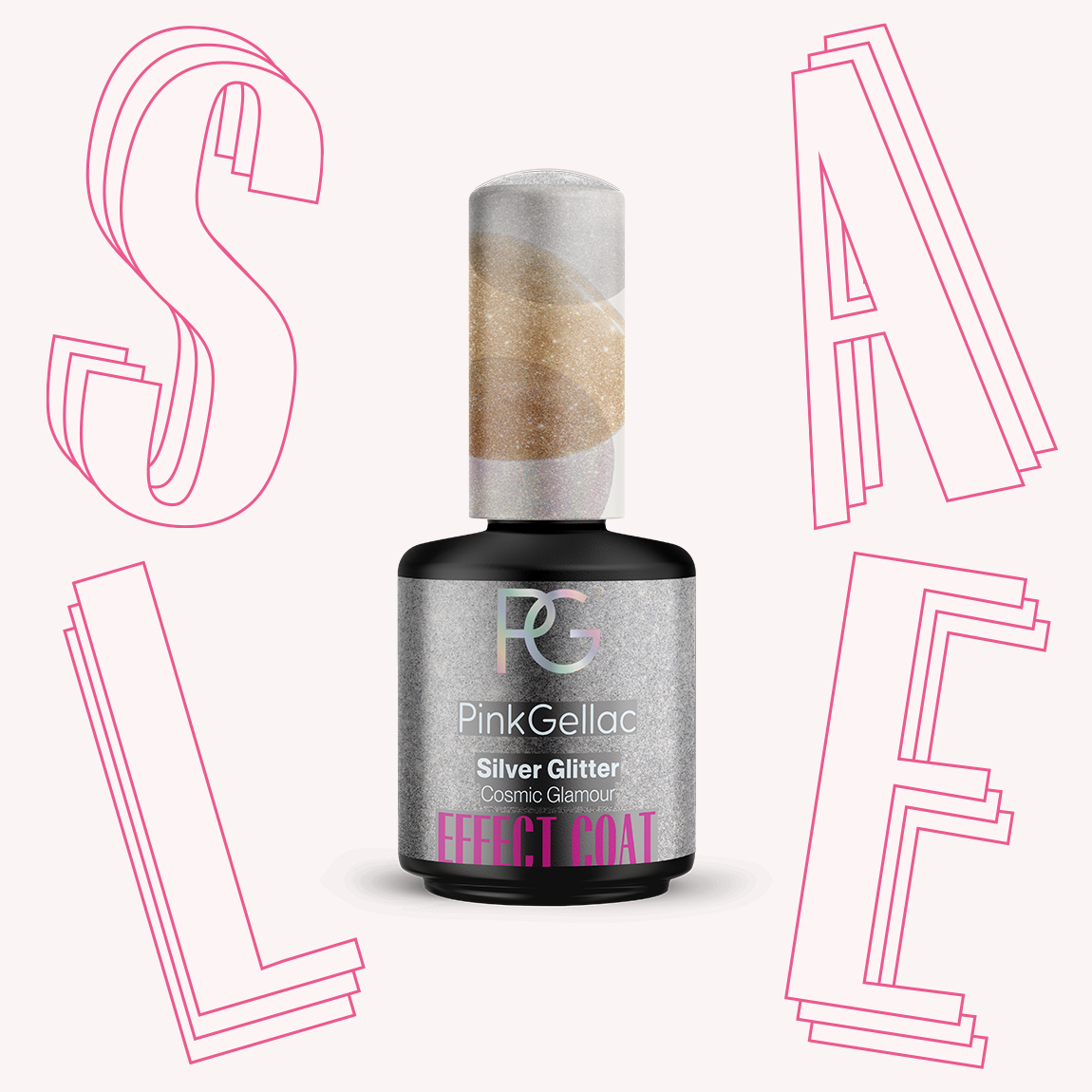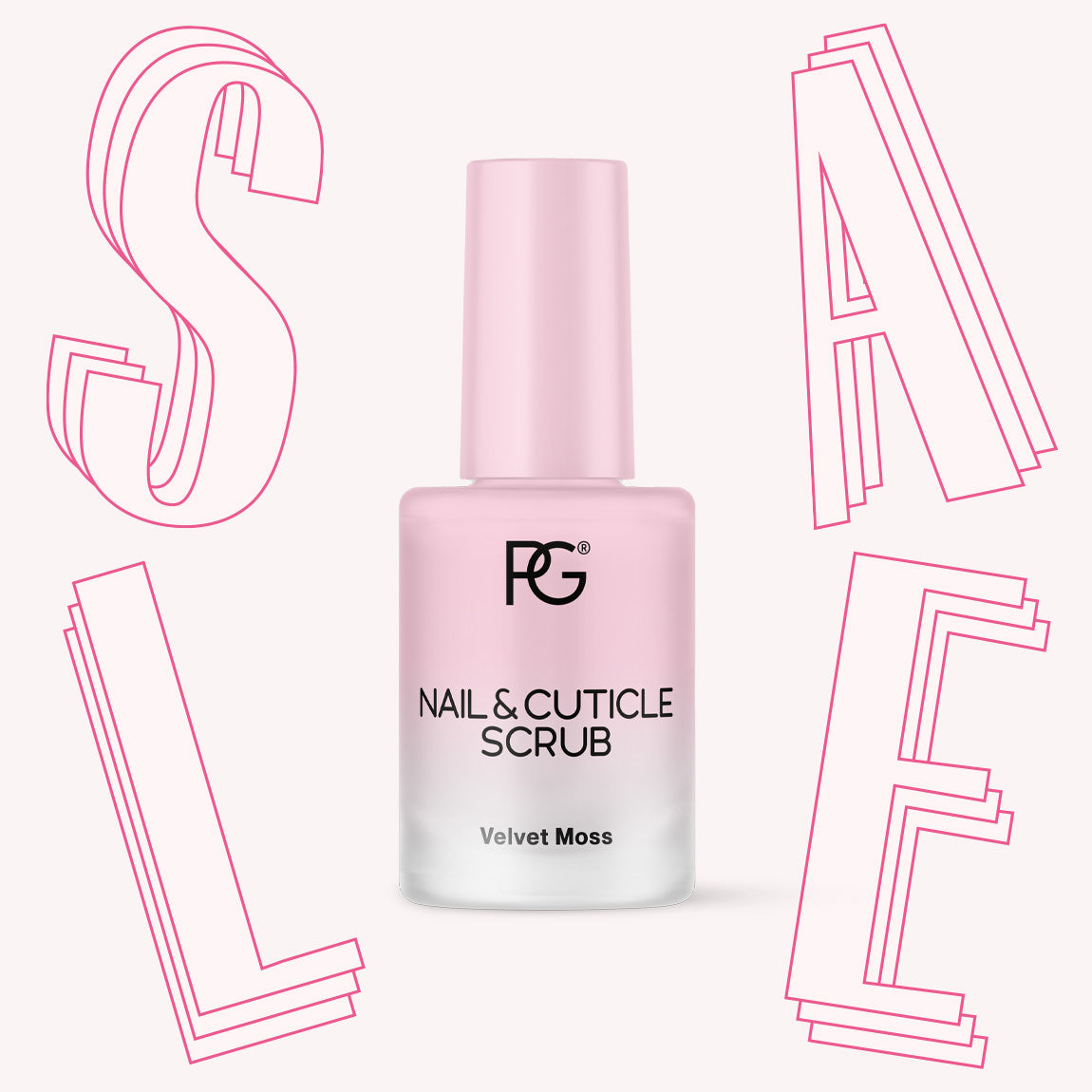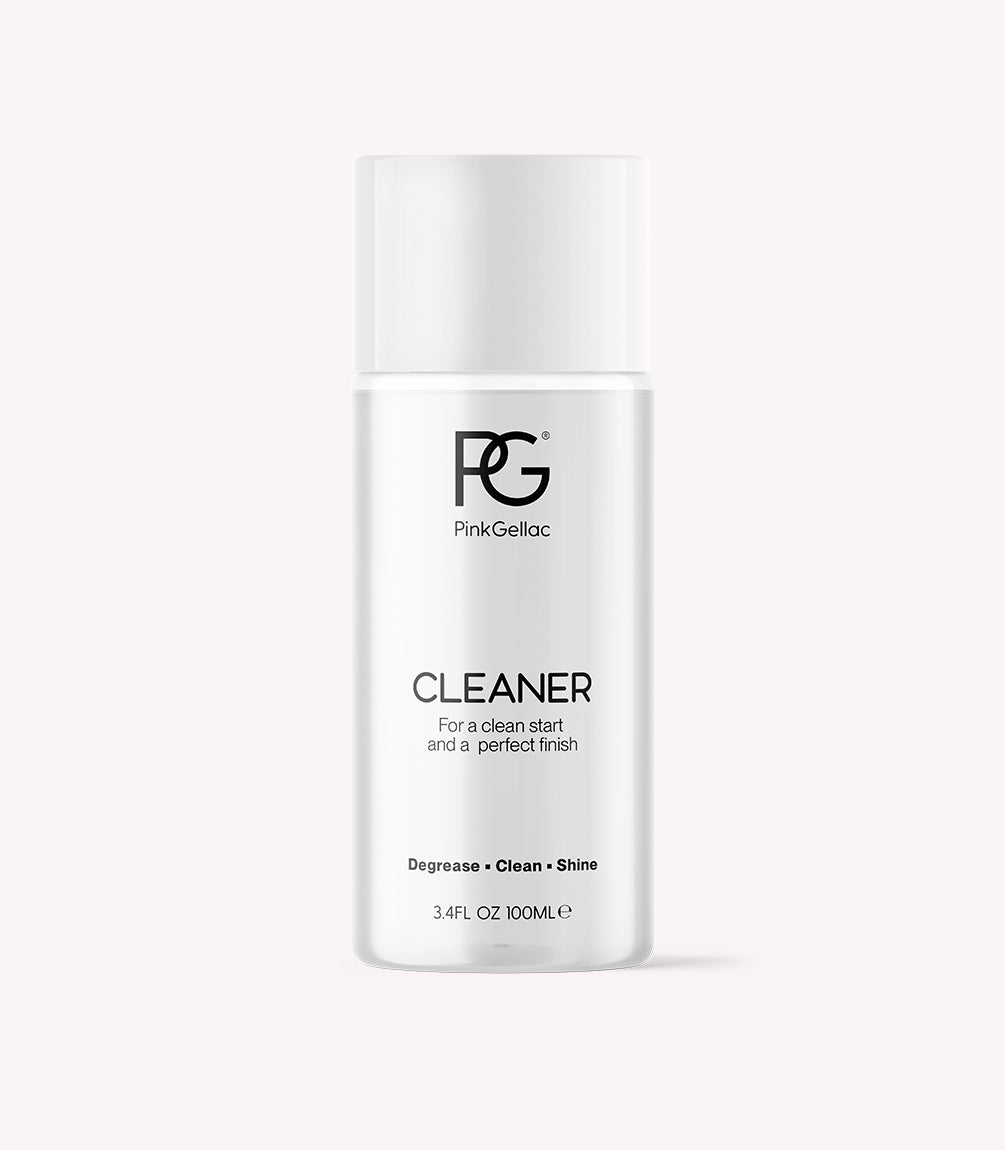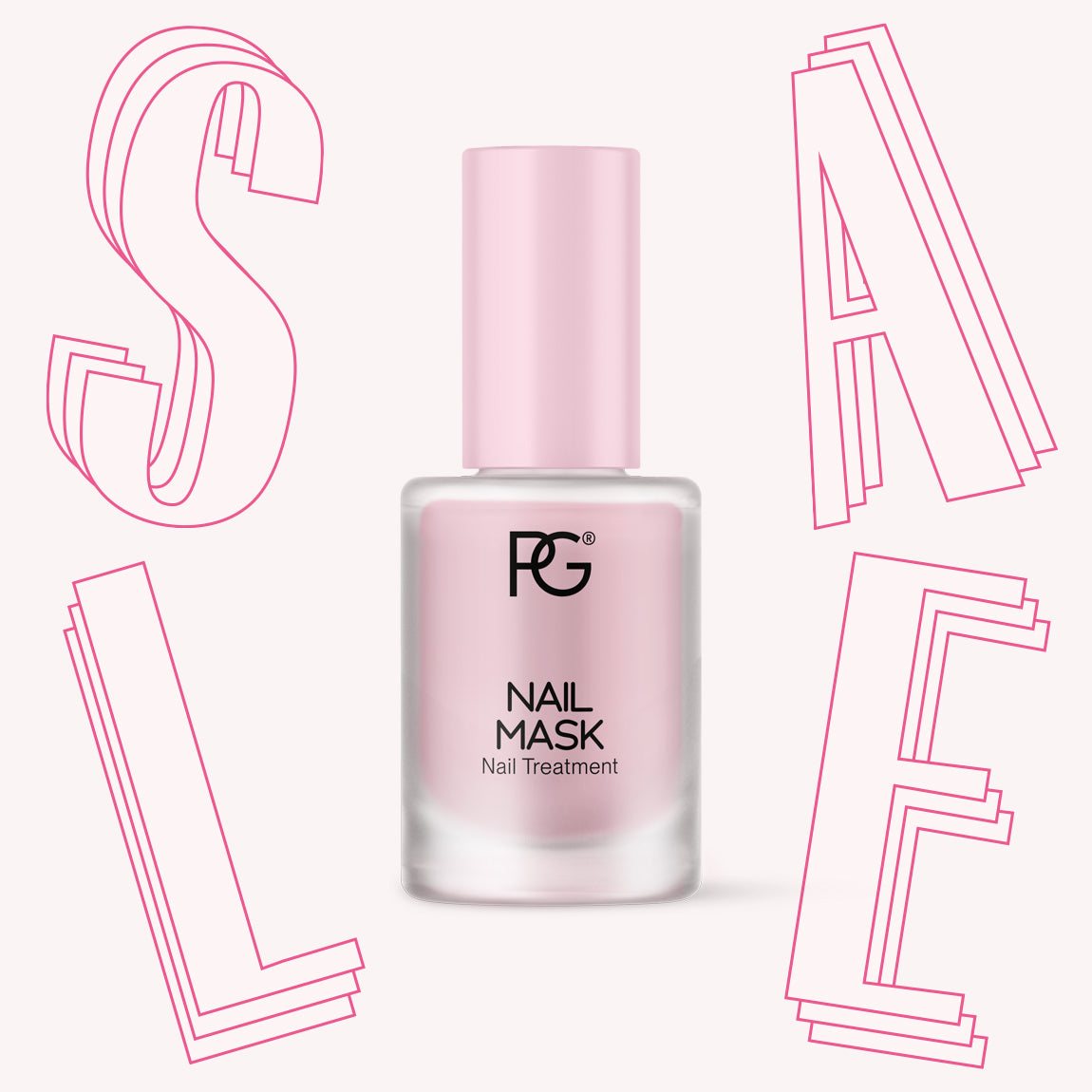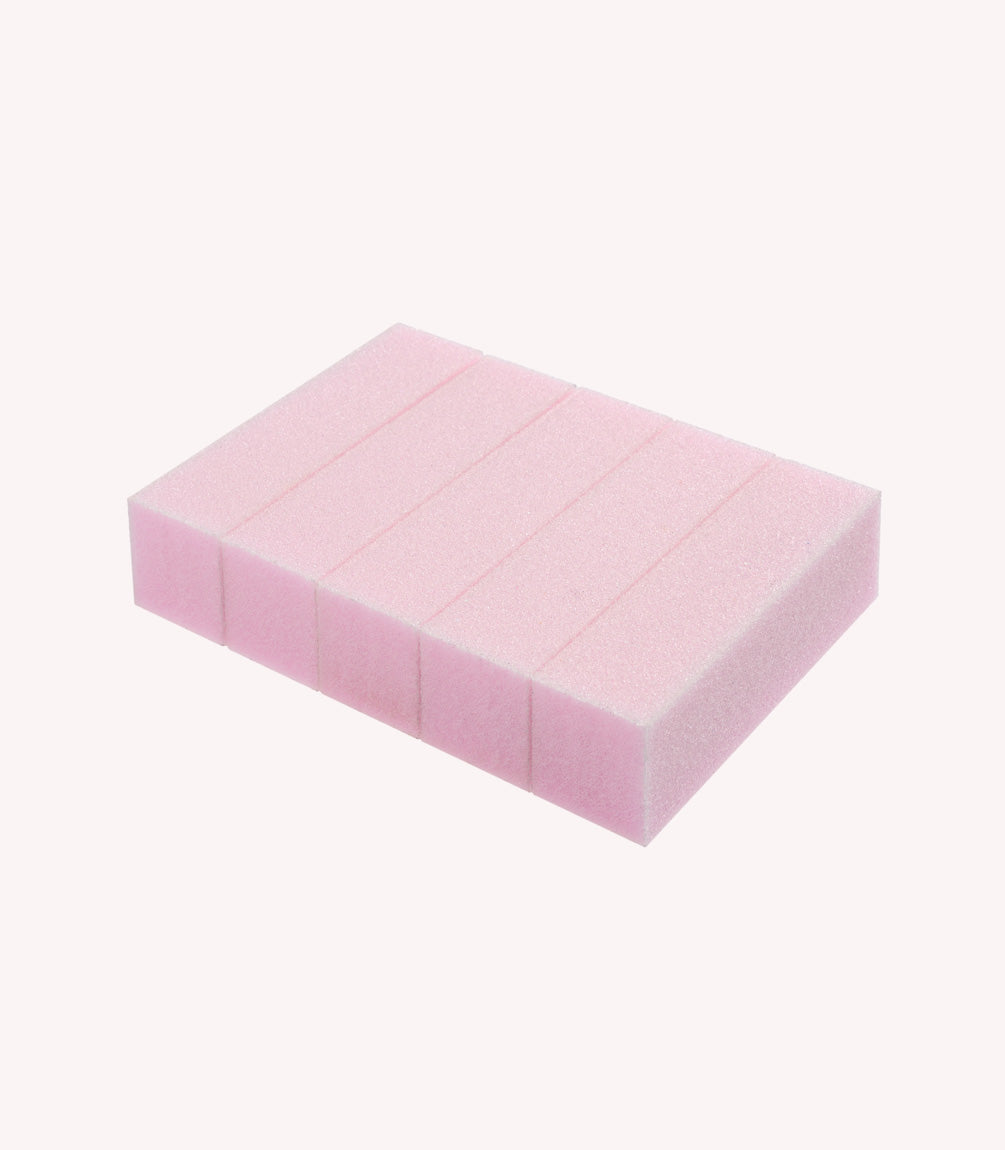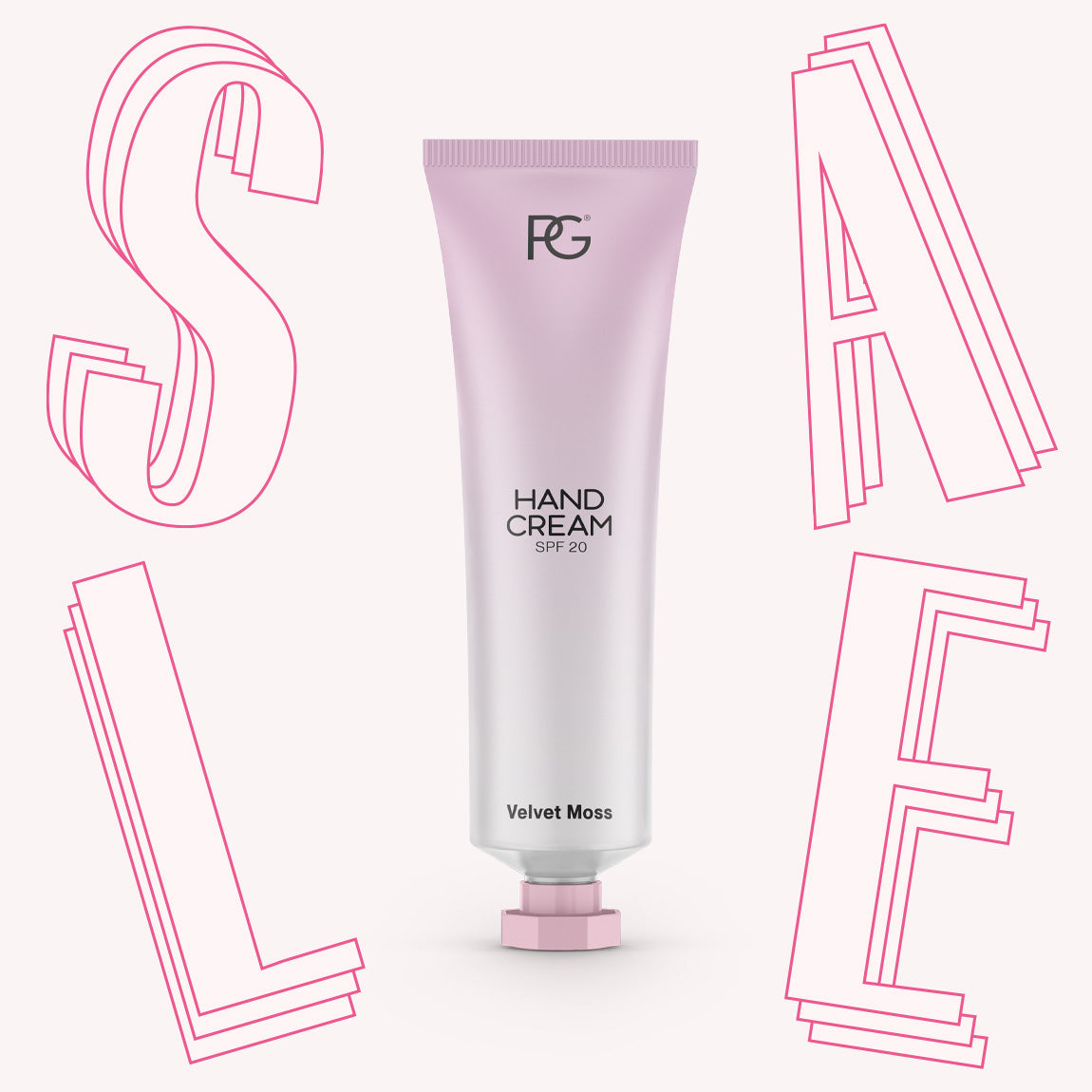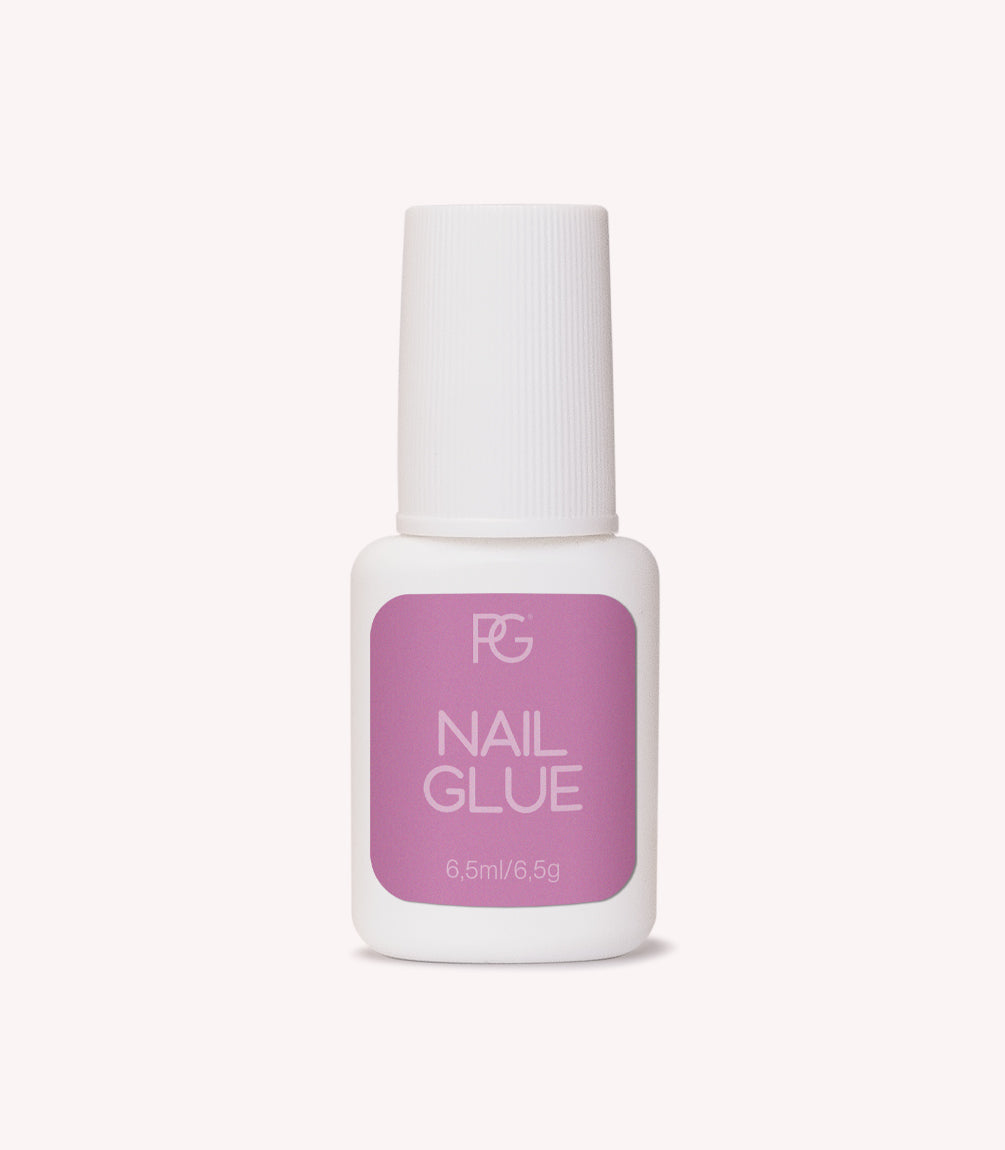Safe Usage of Gel Polish
Gel nail polish offers long-lasting shine and strength, keeping your nails beautiful and well-groomed for weeks. It is important to apply the gel polish carefully, as there is a slight chance of experiencing issues with some of the substances it contains.
It is essential to choose products that comply with European laws and regulations and to use them according to the user instructions.
Use products that comply with EU legislation:
- Avoid products from countries where cosmetics may not be subject to strict legislation.
- As a consumer, do not use products containing HEMA or Di-HEMA acrylate.
- Check the label to ensure it does not state ‘For professional use only’.
- Do not use products that contain TPO; this substance has not been permitted in cosmetics since 1 September 2025. It concerns Trimethylbenzoyl Diphenylphosphine Oxide (not to be confused with Trimethylolpropane Trimethacrylate or Ethyl Trimethylbenzoyl Phenylphosphinate)
Always follow the user instructions carefully:
- Avoid skin contact. If you accidentally spill any gel polish on your skin, remove it using a Woodstick, a Corrector Pen or a wipe with Cleaner.
- Use the lamp from the same brand as your polish; these are designed to work together and are tested in combination.
Acrylates
Acrylates help the nail polish to harden and adhere well to the nail. It is known that frequent skin contact with acrylates can - in some cases - cause irritation or, in rare instances, an allergy. In most cases, this concerns an allergy to what is known as HEMA acrylate. Pink Gellac's product range that is sold today is 100% free of HEMA acrylates. The risk of an acrylate allergy with the acrylates we use is significantly lower compared to gel polish containing HEMA.
Still, even gel polish without HEMA can incidentally cause irritation or an allergic reaction if the polish repeatedly comes into contact with the skin or cuticle. Therefore, it is important to always use gel polish safely and responsibly—meaning you must avoid frequent contact between the gel polish and your skin. If this does happen, remove it with a woodstick, Corrector Pen or a wipe with Cleaner. We also recommend using the lamp from the same brand as your polish.
Acrylate Allergy
Unfortunately, it is possible to develop an allergy to almost anything, including acrylates. If you suspect you may have an acrylate allergy, first consult your doctor. They can determine whether you need to be referred to a dermatologist, who can then diagnose the allergy and help identify how it likely developed. Acrylate allergies can also be triggered by other products such as cosmetics, adhesives, inks, medical devices or paints.
Knowing what you're allergic to allows you to make more informed product choices.
Recently, media reports have discussed the potential consequences of acrylate allergies. It is sometimes claimed that such allergies could prevent people from receiving medical implants, such as artificial knees or dental implants. While an acrylate allergy is certainly unpleasant and should be avoided, the risk of developing one remains very low. Furthermore, alternative methods and materials have been developed over the years for people with acrylate allergies who need prosthetics. This has been confirmed by a group of independent experts we've consulted on the topic. This expert panel includes an orthopaedic surgeon, a professor in dermatology and a dermatologist, a dental implant manufacturer, a toxicologist, a leading bone cement producer and a major contact lens manufacturer.
They concluded that, even in confirmed cases of acrylate allergy, there are alternative options available for placing a hip replacement, knee prosthesis or dental prosthetic.
In fact, these experts question whether an acrylate allergy would cause any issues at all in the placement of a prosthetic with the use of acrylics. The scientific basis for these media claims is lacking, and the experts report that, in practice, such allergies do not lead to rejection of hip or knee prostheses.
Would you like to read these expert opinions? You can do so via this link.
TPO
Pink Gellac does not contain TPO. TPO is a photo-initiator, an ingredient that ensures the gel nail polish cures under UV or LED light. As of 1 September 2025, TPO is banned as an ingredient in cosmetics within the EU. From that date, products containing this substance may no longer be sold or used on the European market.
Risks of using products that do not comply with EU regulations
At Pink Gellac, we take product safety very seriously. Our products naturally comply with European laws and regulations and are suitable for home use. This is also monitored by authorities such as the Dutch Food and Consumer Product Safety Authority (NVWA). Additionally, we are advised by an expert on the safe formulation of our products.
Unfortunately, we still see many products on the European market that do not meet the EU’s safety requirements for gel nail polish. These products—available online and in well-known retail chains—contain HEMA, TPO and/or other allergenic substances even though this is not permitted for consumer sale. Such products carry a higher risk of causing allergies; that’s why they are not allowed to be sold to consumers in Europe.
Would you like to know more?
For more information, you can check our FAQs on this topic or visit the Dutch government website for advice on the safe use of gel nail polish and the importance of choosing products that are suitable for consumers. You can also find more information here about the experts we spoke with on the importance of safe usage.
If you have any further questions, please don’t hesitate to contact us—we’re here to help!
